Why Athleisure Fabric Is Dominating the Fitness Trend in UAE
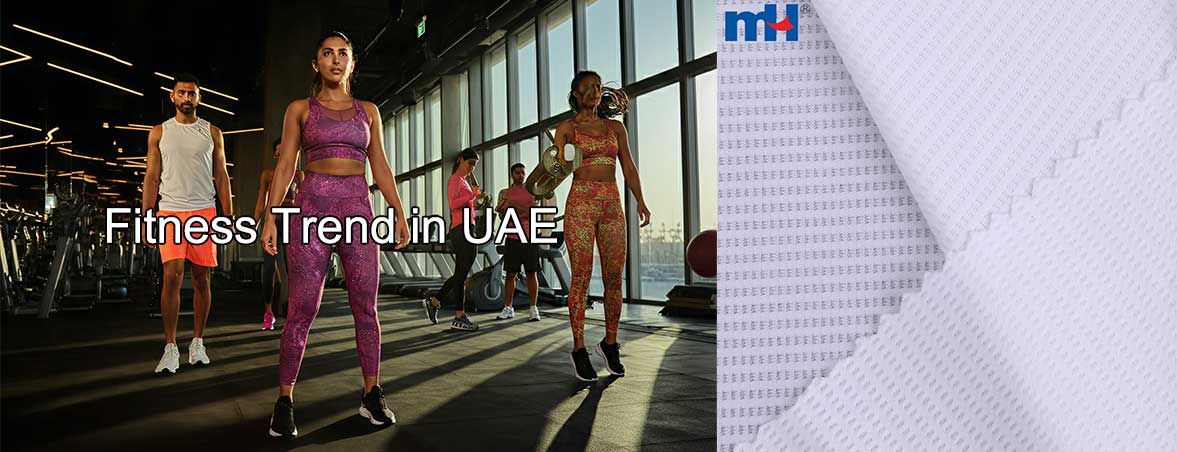
The rise of the athleisure trend has reshaped both the fitness and fashion industries, highlighting a unique intersection of style, functionality, and innovation. An increasing number of consumers are now favoring versatile clothing that seamlessly transitions from the gym to everyday activities without sacrificing comfort or aesthetic appeal. Behind this growing demand lies the star player in the trend's success – athleisure fabric.
This blog explores what makes athleisure fabric so popular, including its key features and the types of materials dominating this market. With fitness enthusiasts and casual consumers alike driving the trend forward, understanding the impact of textiles on athleisure clothing offers valuable insights into how the fitness and fashion worlds continue to evolve.
Why Athleisure Fabric Is on the Rise
Athleisure has gone from being a niche trend to a mainstream movement. According to Statista, the global athleisure market was valued at approximately $284 billion in 2021 and is projected to reach over $400 billion by 2030. But why is this trend, rooted in fitness, growing so rapidly?
Shifting Lifestyles
Modern lifestyles increasingly value convenience and multitasking, which aligns perfectly with the versatility of athleisure clothing. Consumers no longer view fitness wear as solely gym attire. Instead, athleisure outfits suit workouts, errands, casual outings, and even work-from-home settings. Fabrics that are designed for both comfort and performance make this flexibility possible.
Rise in Fitness and Wellness Trends
A heightened focus on health and wellness is driving demand for fitness apparel. More people are engaging in exercise routines, from yoga to high-intensity interval training, where comfortable and durable sports fabric is essential. With athleisure fabric bridging the gap between performance wear and everyday fashion, it enables people to achieve their fitness goals without compromising style.
Sustainability Consciousness
Sustainability is also at the forefront of consumer preferences. Many leading athleisure brands are adopting eco-friendly textiles, such as recycled polyester or organic cotton, to cater to environmentally conscious shoppers. This shift reflects a growing demand for fabrics that combine both innovation and ethical responsibility.
Key Features of Athleisure Fabrics
What sets athleisure fabrics apart from traditional textiles used in everyday clothing? Below are the defining features that elevate their functionality and appeal:
1. Breathability
Athleisure fabrics like polyester blends and meshes are designed to maximize airflow, keeping the wearer cool during intense workouts. This feature makes such textiles highly preferable for sports and fitness clothing that demands ventilation.
2. Moisture-Wicking Properties
One critical requirement in fitness apparel is the ability to manage sweat effectively. Sports fabrics such as nylon and spandex often incorporate moisture-wicking technologies that draw sweat away from the body, keeping the wearer dry and comfortable.
3. Elasticity and Stretch
Freedom of movement is vital during physical activities, making elasticity a key factor in athleisure textiles. Stretch fabrics like spandex seamlessly adapt to the body's movements, supporting flexibility and mobility across a range of fitness activities.
4. Durability
Fitness clothing faces significant wear and tear, whether from stretching, washing, or repeated usage during workouts. Athleisure fabrics are engineered for durability, with materials such as polyester offering excellent resistance to abrasions and shrinkage.
5. Lightweight Feel
Heaviness and bulkiness can undermine the comfort of fitness apparel. Lightweight fabrics, like certain microfiber blends, provide wearers with effortless comfort while maintaining impressive strength and performance.
6. Style and Texture
Finally, athleisure fabrics are increasingly marrying functionality with aesthetics. Advanced weaving techniques and innovative dyeing processes allow for textured finishes and vivid color options, ensuring style remains at the forefront.
Popular Fabric Choices for Athleisure
Not all textiles meet the demanding criteria of fitness clothing. Below, we explore the most popular fabric options for athleisure wear and why they are trusted by both brands and consumers.
100% Polyester
One of the most commonly used sports fabrics, polyester is lightweight, durable, and resistant to shrinking and pilling. Its moisture-wicking capabilities make it a go-to material in gym clothing. Additionally, its versatility allows brands to incorporate textures and patterns into their designs.
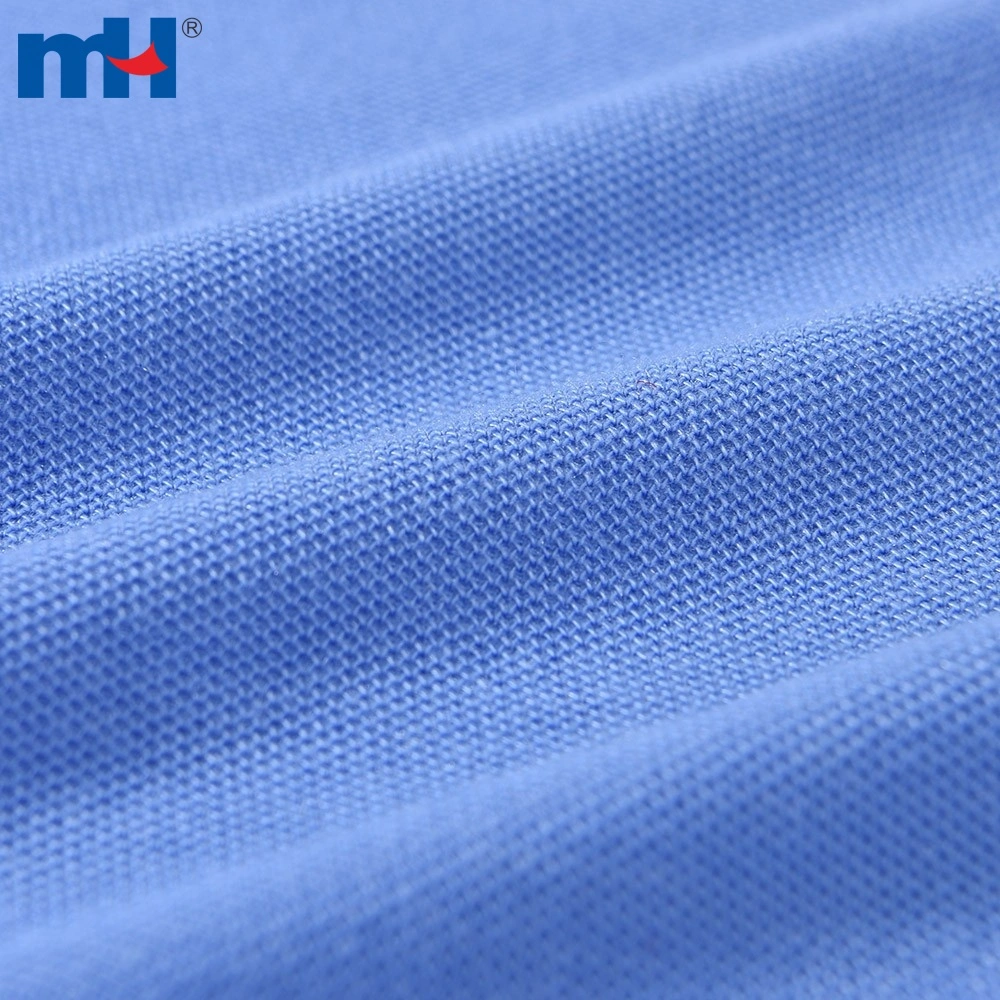
Name: 100% Polyester Pique Knit Fabric
Composition: 100% Polyester
Gram: 195-205gsm
Width: 190cm
Packing: 25kgs/roll
MOQ: 500kgs/color
Rayon Blend Fabric
rayon blend fabric can be used for sportswear, particularly when blended with other materials like spandex or cotton. Rayon's breathability and comfort make it suitable for sportswear, especially for lower-intensity activities and warmer climates. However, its lack of stretch and durability when wet may limit its use for high-intensity activities or garments that require significant movement.
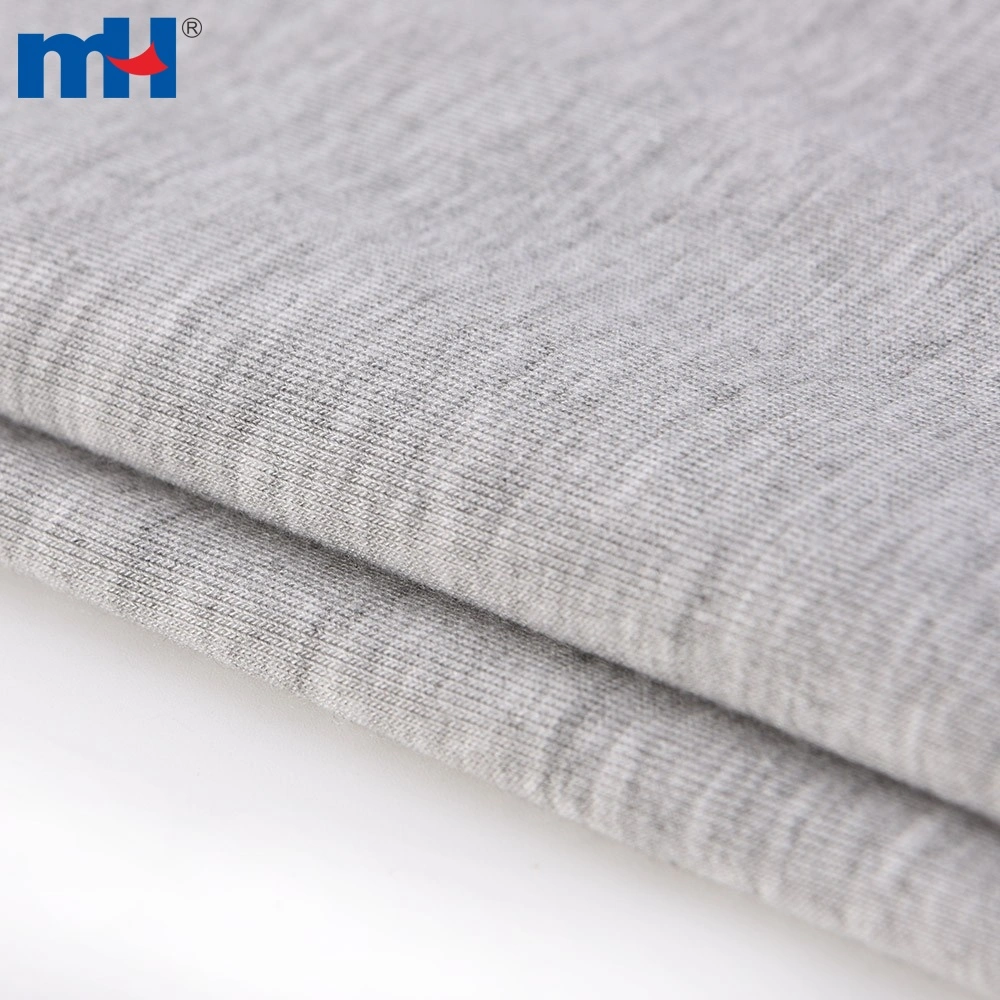
Name: Heather Grey Single Jersey Fabric
Material: 64% polyester 32% rayon 4% spandex
Width: 153cm
Count: 32S+30D spandex
Weight: 185gsm
Type: knit
Spandex Blend Fabric
Polyester Spandex Blend Fabric
Polyester-spandex blends are typically 85-90% polyester and 10-15% spandex. This creates a smooth, stretchy fabric that provides a snug fit. These blends are slightly pricier than polyester-cotton due to the spandex.
Key features include high stretch and flexibility, making them ideal for athletic wear or any application needing a body-hugging fit. They also support various print types.
Pros of Spandex Polyester Blends
Stretchability and Flexibility: Allows for greater range of movement, making it ideal for athletic activities.
Enhanced Fit and Movement: Offers a snug fit that adapts to body movements.
Versatile Printing Options: Supports various print types, ensuring vibrant and durable designs.
Cons of Spandex Polyester Blends
Higher Cost: More expensive due to the spandex content.
Heat Retention: Can retain more heat, making it less ideal for very hot climates.
Common Usages
Athletic wear such as leggings, running shorts, and tank tops.
Performance gear for activities like yoga, dance, and gymnastics.
Compression clothing used in high-intensity sports and training.
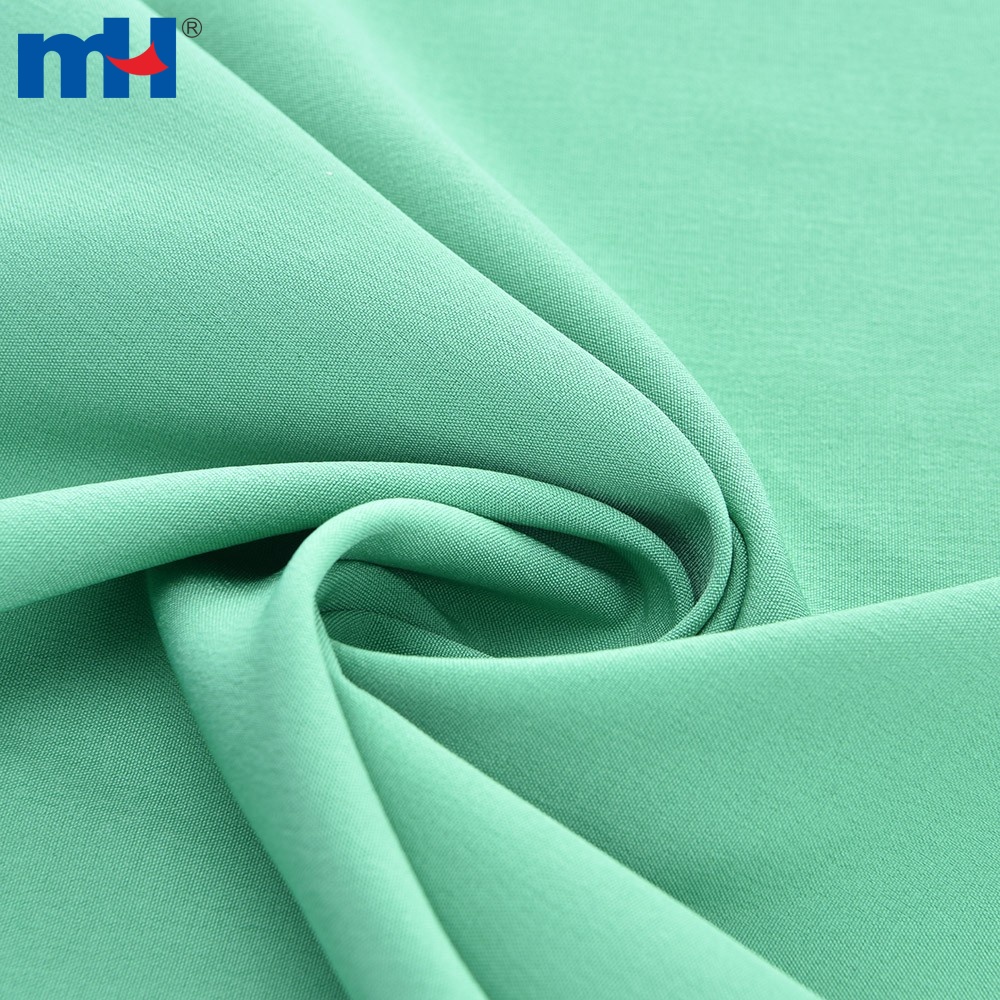
Name: 93% Polyester 7% Spandex Woven Fabric
Composition: 93% Polyester, 7% Spandex
Denier: 100D + 30D
Weight: 140 g/m²
Width: 150 cm
Packing: 100m/roll
Nylon Spandex Blend Fabric
Nylon offers a silky smooth texture combined with excellent moisture-wicking and quick-drying capabilities. Its durability and resistance make it a common choice for performance-driven sportswear.
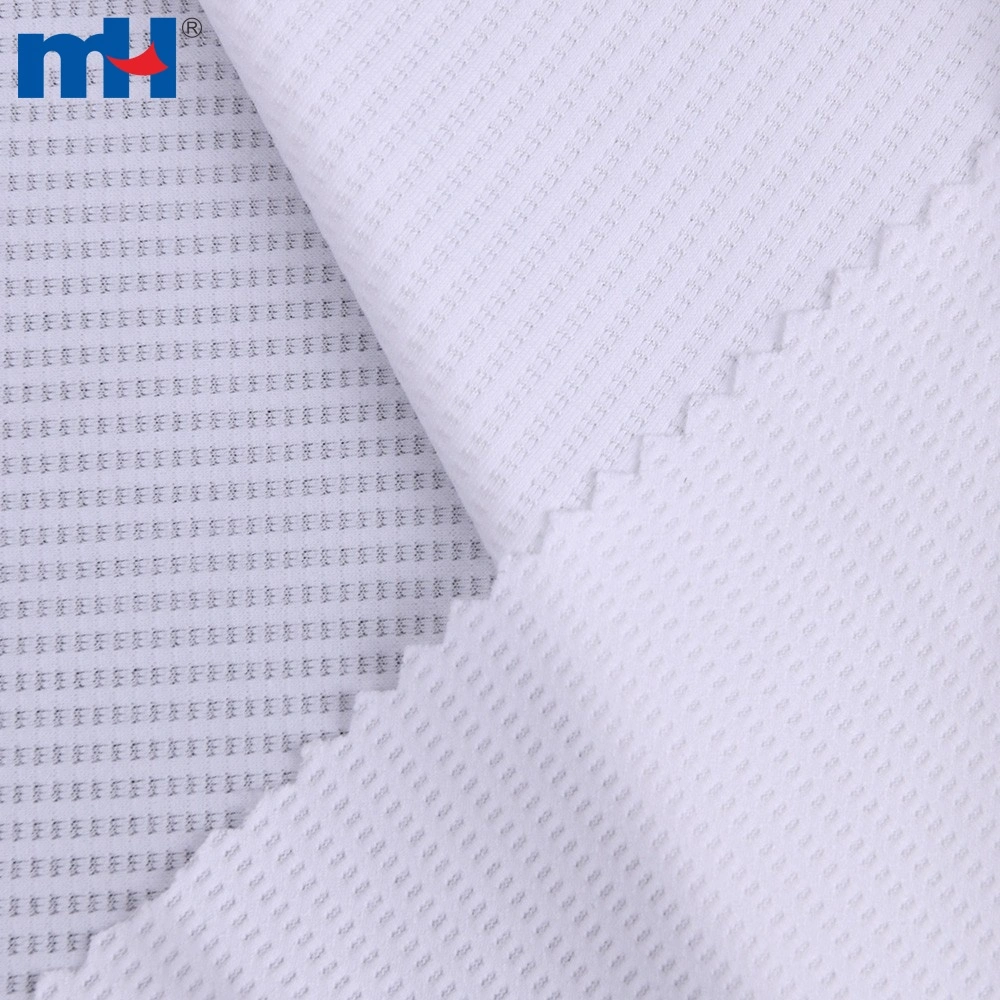
Name: Single Jersey Weft Knit Fabric
Composition: 88% Nylon 12% Spandex
Weight: 155g/m2
Width: 165cm
Structure: Elastic Jacquard
MOQ: 500kg
What Athleisure Means for the Future of Fabric Innovation
The continuous innovation in fitness and sports fabric represents a significant leap forward for both the textile and fashion industries. Athleisure's meteoric rise underscores the demand for fabrics that cater to evolving consumer preferences. From sustainability to performance-driven technology, the focus on advanced textiles has created a new standard for clothing design and manufacturing.
Whether you’re a designer, brand, or consumer, understanding the features and versatility of athleisure fabric reveals opportunities to maximize performance, comfort, and sustainability in modern apparel.
